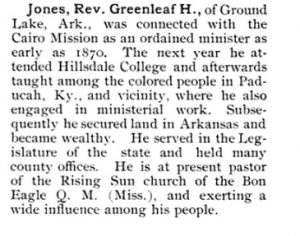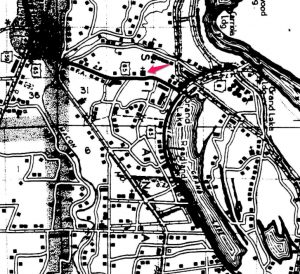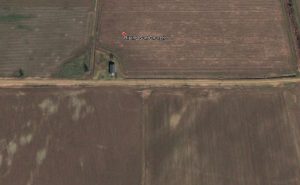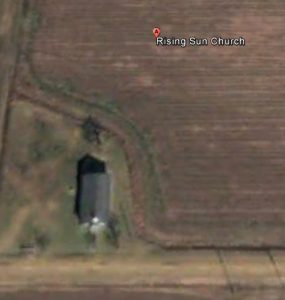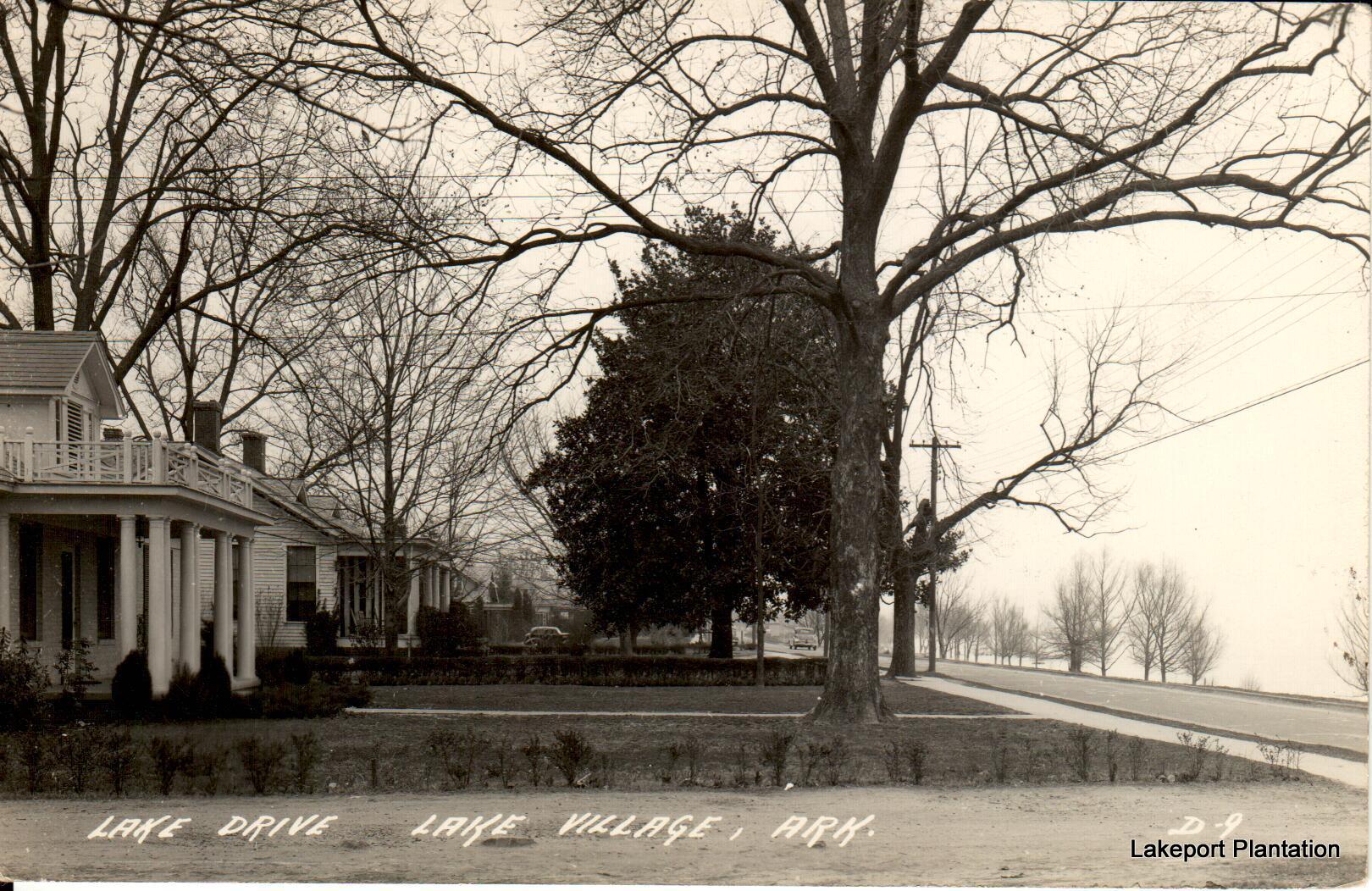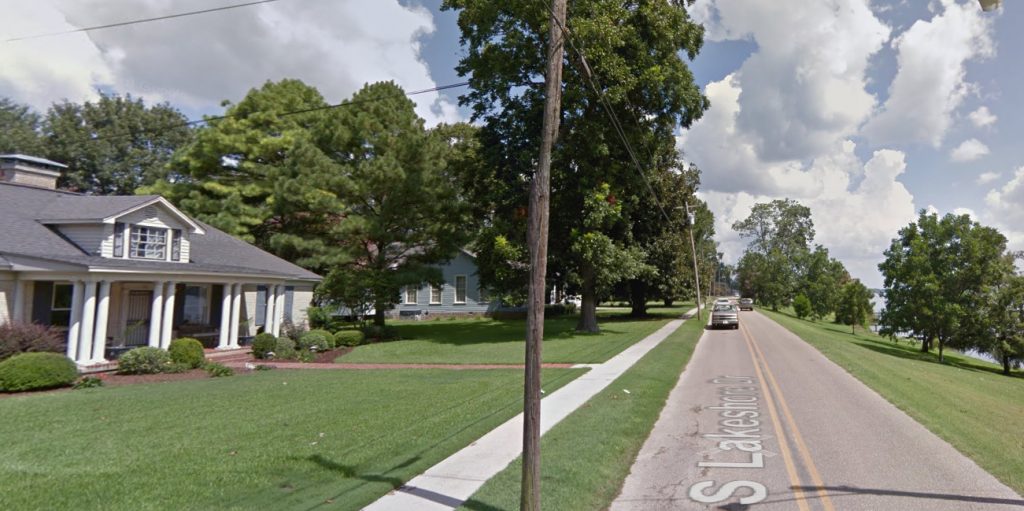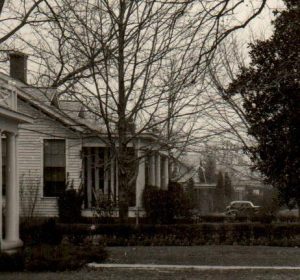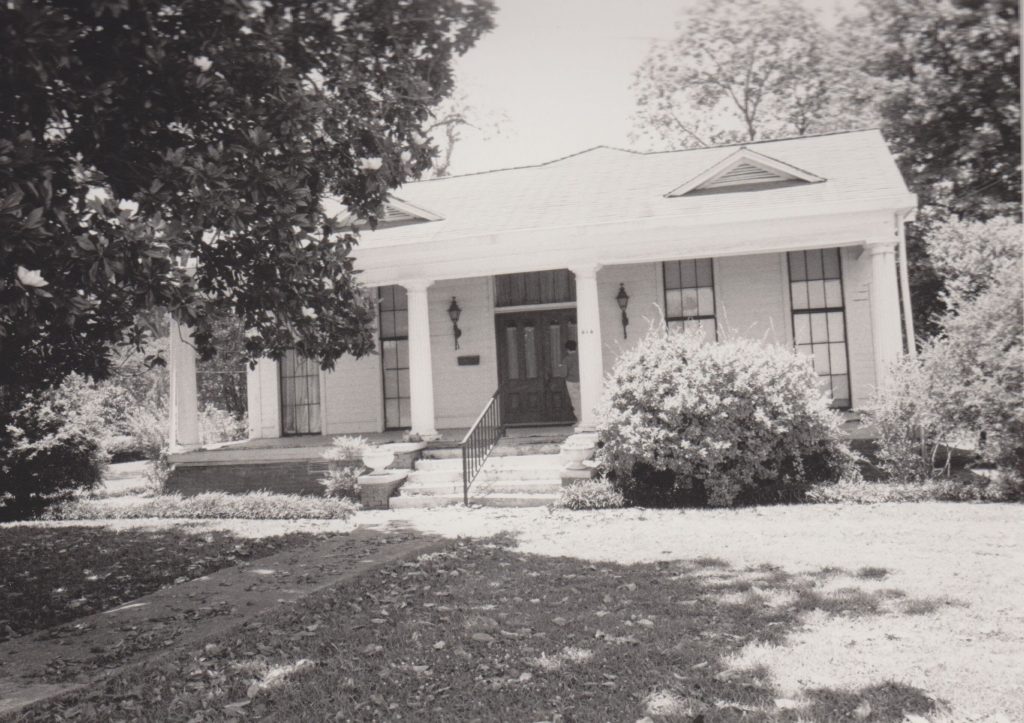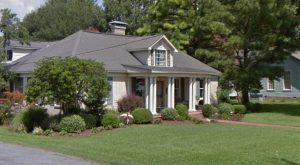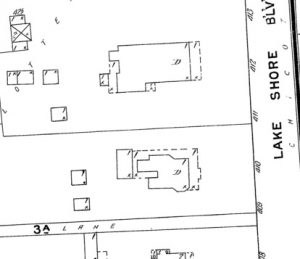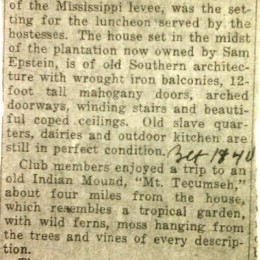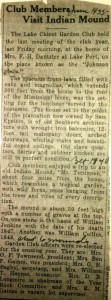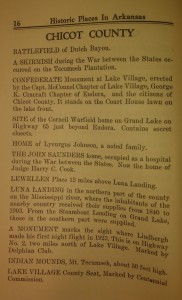Rev. Green Hill Jones of Grand Lake, Arkansas
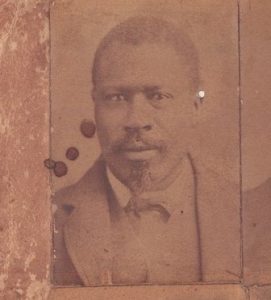
Rev. G. H. Jones served in the Arkansas General Assembly in 1885 and 1889. Courtesy of the Old State House Museum.
Few people realize that African-Americans continued to be elected in Chicot County into the early 1890s. The Rev. Green Hill Jones (1842-1924) was one of those men.
Jones had been enslaved on the Rayner Plantation on Grand Lake in Chicot County prior to the Civil War. Jones escaped slavery and served in the U. S. Colored Troops during the war. After the war, Jones went north to New Madrid, Missouri and Mound City, Illinois where he taught school and was ordained in the Free Will Baptist Church. From 1870 to 1873, he attended Hillsdale College in Hillsdale, Michigan. After graduation, he taught in Paducah, Kentucky. Upon his return to Chicot County, he was elected county treasurer in 1874 and then to two terms in the Arkansas House–1885 and 1889.
The Free Baptist Cyclopaedia published a short, but fascinating biography of Rev. Jones in 1889:
Jones, Rev. Greenleaf [sic] H., of Gr[a]nd Lake, Ark. was connected with the Cairo Mission as an ordained minister as early as 1870. The next year he attended Hillsdale College and afterwards taught among the colored people in Paducah, KY., and vicinity, where he also engaged in ministerial work. Subsequently, he secured land in Arkansas and became wealthy. He served in the Legislature of the state and held many county offices. He is at present pastor of the Rising Sun church of the Bon Eagle Q. M. (Miss.), and exerting a wide influence among his people.
Jones pastored several churches in Chicot County:
Rising [Risen] Sun at Grand Lake (1876-1877; 1889-1897; 1899)
Mt. Pisgah at Grand Lake (1898; 1903)
Mt. Olive at Grand Lake (1902)
Sweet Home at Eudora (1906-1907).
Jones died in 1924 and is buried in Mason Cemetery south of Eudora.
Also see Southeast Arkansas’s African-American Legislators, 1868-1893 and
Wintory, Blake. “African-American Legislators in the Arkansas General Assembly, 1868-1893: Another Look,” in A Confused and Confusing Affair: Arkansas and Reconstruction, ed. by Mark Christ. Little Rock: Butler Center Books, 2018. [expected April 2018]
Update February 15, 2018
It appears the Rising Sun Church was still standing as late as 2006. A 1936 Chicot County Highway Map shows a church between Eudora and Grand Lake. This church, as of 2018, still shows up in Google maps as Rising Sun Church. Google Earth’s historical imagery shows what is likely the Rising Sun Church still standing as late as 2006.

